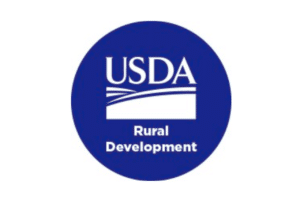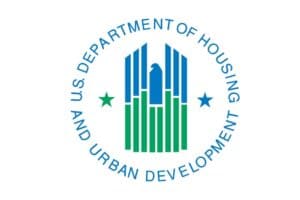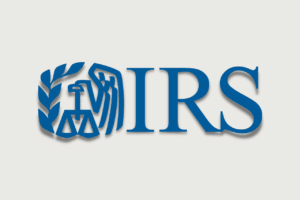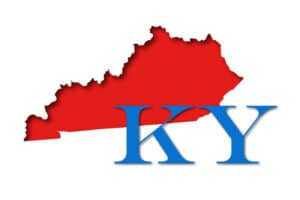News

Financing Affordable Housing in Rural Communities Training Session – Sept. 29
Join the Federal Deposit Insurance Corporation, Federal Reserve Bank of Chicago and Office of the Comptroller of the Currency for a training session on affordable housing development and finance in rural communities.

Congress Returns with Looming Deadlines
The Senate reconvened yesterday, September 8 and the House of Representatives will be back in session next week. Both chambers have only a few working days to accomplish a myriad of tasks before they are set to adjourn before the elections: The House will adjourn on October 2 and the Senate will adjourn on October 9.

CDC Eviction Moratorium: HUD Guidance, Translations of Declaration Form and Lawsuit
HUD’s Office of Multifamily Housing is encouraging owners to inform residents of the eviction protections under the Centers for Disease Control and Prevention (CDC) order and the required declaration form. The National Housing Law Project (NHLP) is working with partners to translate the declaration form. The form is currently available in Spanish, Vietnamese and Arabic. A Virginia landlord filed a lawsuit on September 8 and requested a temporary restraining order against the CDC recent order.

Upcoming House Financial Services Committee Events
The House Committee on Financial Services will hold a virtual roundtable at 3:00 pm ET on September 3 on Dismantling Barriers to Housing for America’s Seniors and People with Disabilities.

Revised M2M Debt Subordination-Qualified Nonprofit Purchasers Notice
HUD released a draft notice on ‘‘Guidelines for Certain HUD Approvals Regarding Properties Encumbered by HUD-Held Mark-to-Market Program Debt and Portfolio Reengineering Demonstration Program Debt.”

NH&RA Joins CHCDF Letter to Congressional Appropriators
NH&RA joined the Campaign for Housing and Community Development Funding (CHCDF) letter to House and Senate Appropriations Subcommittees on Transportation, Housing and Urban Development (THUD) thanking the House for their work securing increased funding and meaningful protections for fiscal year (FY) 2021 and urging the Senate to do the same.

HUD Publishes FY2020 CNI Grant Notice, Calls for Applications
HUD recently published a Notice of Funding Availability (NOFA) for the FY2020 Choice Neighborhoods Implementation Grant Program. Applicants may request up to $30 million for target housing projects with less than 250 public housing/assisted units or up to $35 million for target housing projects with 250 or more public housing/assisted units.

IRS Guidance on BEAT
The Internal Revenue Service (IRS) issued final regulations providing additional guidance on the base erosion and anti-abuse tax (BEAT). The final regulations provide detailed guidance regarding how to compute certain BEAT calculations for groups of related taxpayers.

CDC Issues Nationwide Eviction Moratorium
In response to President Trump’s Executive Order on evictions, the Centers for Disease Control and Prevention (CDC) released an agency order immediately implementing an eviction moratorium.

Administration Touts Investments Created by Opportunity Zones
Opportunity Zones (OZ) led to Qualified Opportunity Funds raising $75 billion in capital by the end of 2019, according to a Council of Economic Advisers (CEA) report released on August 24.

HUD Issues FY 20201 Fair Market Rents
HUD published a notice of fiscal year (FY) 2021 fair market rents (FMRs) for the Housing Choice Voucher program, Moderate Rehabilitation Single Room Occupancy program and other HUD programs. Comments on the notice are due September 30 and the FMRs will be effective October 1.

Kentucky Closes 2020-2021 TEB Application
The Kentucky Housing Corporation (KHC) closed the Universal Funding Application (UFA) for multifamily developments utilizing Tax-Exempt Bonds (TEB) and the Federal four percent LIHTC due to limitations on available private activity bond cap.